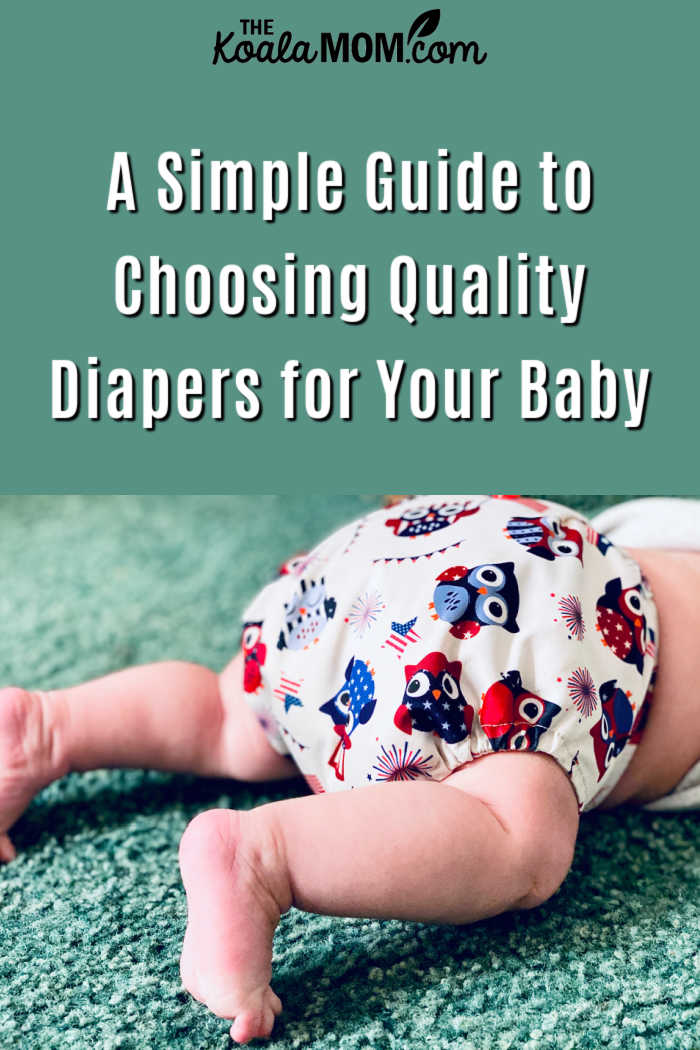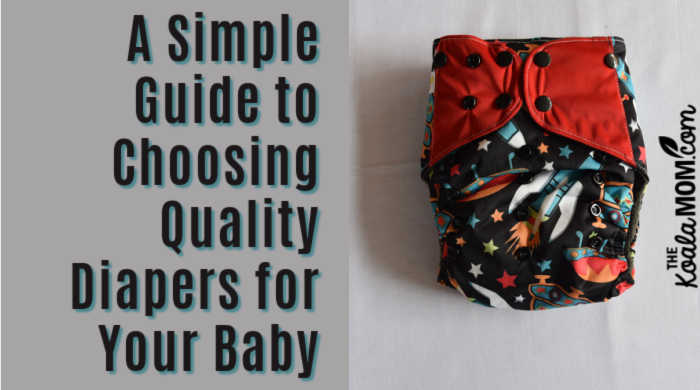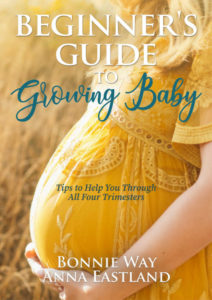When it comes to selecting products that are going to come in contact with an infant, it’s not uncommon to become confused and overwhelmed. There is a lot of information to disseminate—financial considerations, environmental considerations, personal aesthetic preferences, and a ton of conflicting opinions. Here are some tips for just one baby-related decision you need to make: choosing quality diapers for your little one.

Let Go of Expectations
Of course, every child is different, as is every family. Before embarking on any decision-making process or item-hunting spree, it’s important to acknowledge you may have to change your mind when you feel out how something is in practice. Sometimes something sounds wonderful but is hyper-problematic when you realize how poorly it fits in with your schedule or lifestyle.
Moreover, your child might have sensitive skin or allergies that need to be taken into consideration. It’s possible that a supplier will run out of product, and you’ll end up using something else entirely. It’s completely okay to change your might or adjust your expectations as you gather new information. This is normal and natural. No parent on earth will tell you that they didn’t change their mind about anything once they had children.
The longer I’ve been a parent, the more I’ve realized that no decision is permanent. You make a decision at a specific time based on the information and ability you have at that time. And that may change. There was a time when I exclusively cloth-diapered my baby. There have also been times when I’ve bought disposable diapers. Various factors went into both decisions and neither decision was right or wrong, so don’t feel any decision you make today has to be the right decision for the rest of your baby’s life (or their time in diapers).
Reusable Versus Disposable
When it comes to choosing quality diapers, there are two big categories: reusable diapers, which are typically cloth and need to be washed between uses, and disposable diapers, which are thrown out once soiled. There are pros and cons to both, and, of course, hybrid diapering is completely okay too.
The first major component of choosing between the two is to think about your laundry facilities. If you need to run into town every time you need to do laundry, you’re probably going to have a massive pile of soiled diapers waiting to be washed on a regular basis. If you have in-home laundry, it will be a lot easier to stay on top of cloth diapering. An in-between alternative to this is a cloth diaper service, which provides the diapers and washes them for you; the cost of this is somewhere between cloth diapering and disposable diapering.
Beyond this, you need to be comfortable scraping poo off of the cloth diaper and into the toilet as you can’t very well leave it sitting in the cloth until you wash it.
People choose reusable diapers for many reasons, but one of the major ones is environmental concerns. They’re often also available in organic cotton options, and it’s far easier to find toxin-free versions of reusable diapers than disposable ones. Further, infants are better able to feel the wetness, and so, in many cases, reusable diapers are beneficial when it comes time to potty train. (This certainly worked for my first, who was exclusively cloth diapered and potty trained at age two.)
If you do choose cloth diapers, ensure that you are washing them in a natural detergent to keep them clean. Many laundry detergents contain scents and other fillers that are bad for the diapers (and for baby’s skin). When it comes to taking care of baby’s clothing, chemical-free laundry products are the best option.
Keeping Diapers Clean Before Use
Another vital consideration many people don’t think about in advance is diaper storage. Whatever diapers you choose, you want to keep them somewhere clean and dry where they can avoid getting dirty before use. Whether you’re using cloth diapers or buying diapers, they tend to be a bulkier item in your baby’s closet or bag.
Make sure you take the time to figure out storage both at home and when you’re out and about; stylish and safe diaper bags are easy to find and can help you with all the items you might want to bring along with your baby on excursions. Most importantly, you want to be able to keep diapers dry when you’re out. Damp diapers can host mold.

Understand Baby Companies Know How to Trick You
Marketing teams know how to make things look safe and eco-friendly, even when they’re not. They know the keywords to put on packaging to ease you into buying. Always do research on all the ingredients involved in a baby product. You’ll quickly learn that BPA-free plastic isn’t safe at all; it’s just plastic that doesn’t have one of several horribly toxic elements present.
Similar to the feminine product industry, the diaper industry is full of a ton of horrifying ingredients that can be absorbed by the skin. Don’t simply trust the label that says toxin-free; do your research. A good jumping-off point would be to avoid anything that is bleached white and anything that has plastic that touches your infant’s delicate parts. When heated, plastic flakes come apart from plastic materials, and these flakes are absorbed by the body, where they act as endocrine disruptors.
The above information should help you in choosing quality diapers for your little one. It might take some time, but once you find a brand you like, you can order them online or stock up. It’s a good idea to keep a stash in a few different places, including your car, your purse, and your workplace if you expect you’ll be bringing your child often and at the home of anyone who is assisting in caregiving.
 Looking for more pregnancy and baby advice? Check out Beginner’s Guide to Growing Baby: Tips to Help You Through All Four Trimesters, a book about pregnancy, birth, and baby’s first three months. Written with my good friend Anna Eastland (mom of 10 kids!), Beginner’s Guide to Growing Baby is an honest, practical look at pregnancy and beyond. We share what’s worked for us in growing, birthing and loving fifteen babies.
Looking for more pregnancy and baby advice? Check out Beginner’s Guide to Growing Baby: Tips to Help You Through All Four Trimesters, a book about pregnancy, birth, and baby’s first three months. Written with my good friend Anna Eastland (mom of 10 kids!), Beginner’s Guide to Growing Baby is an honest, practical look at pregnancy and beyond. We share what’s worked for us in growing, birthing and loving fifteen babies.
Beginner’s Guide to Growing Baby is available on Amazon.

No Responses Yet